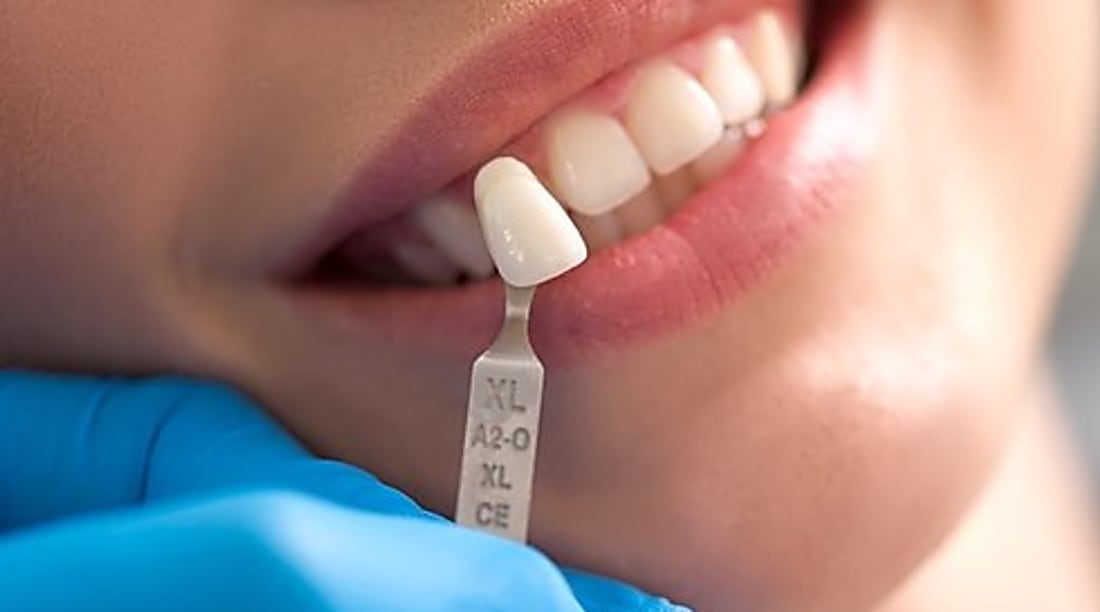Dental Implants Guide: Replace Missing Teeth Permanently
Explore how dental implants offer a durable, natural-feeling solution for missing teeth. This comprehensive guide explains who qualifies for implants, what to expect during the surgical process, typical costs and options, and step-by-step care instructions to help you decide if implants are right for you.

Dental implants are a reliable long-term option for replacing one or more missing teeth. Built from biocompatible materials, implants act as artificial roots that support crowns, bridges, or dentures, restoring chewing ability, speech, and facial structure. This article walks through candidacy, the treatment timeline, costs and options, maintenance, and situations where alternatives may be preferable.
Who is a suitable candidate?
Many people who’ve lost teeth are eligible for implants, but suitability depends on several clinical and medical factors rather than age alone. Key requirements include sufficient jawbone volume to anchor the device, healthy surrounding gum tissue, and overall oral health. People with uncontrolled periodontal disease, active oral infections, or certain systemic conditions may need treatment or stabilization before implant surgery.
Lifestyle and medical issues also affect outcomes. Heavy smokers, individuals with poorly controlled diabetes, or those on certain medications can face increased complication risks and may require extra precautions. When bone quality or quantity is inadequate, widely used techniques such as bone grafting or sinus lift procedures can rebuild support and make implants possible. A dental professional will determine the right pathway through a clinical exam and imaging—often including 3D cone-beam scans—to evaluate bone anatomy and plan placement.
The implant process: what to expect
The implant journey typically spans several months and unfolds in stages. It begins with diagnostics: X-rays or CBCT imaging, oral exams, and a treatment plan tailored to your anatomy and goals. If extractions or bone augmentation are needed, those steps usually come first and require healing time before implant placement.
Surgical placement involves inserting a titanium (or titanium-alloy) post into the jawbone. Over the following weeks to months, the bone grows around the implant in a process called osseointegration, creating a stable foundation. Once fused, the dentist connects an abutment to the implant and fabricates a custom crown, bridge, or denture to sit on top. In select cases—depending on bone quality and primary stability—clinicians may offer immediate-load implants or temporary restorations, but the safest timing will be chosen based on your specific condition.
Healing timelines vary. A straightforward single-tooth implant can be completed in roughly 3 to 6 months from start to finish when no grafting is required. More complex cases, full-arch reconstructions, or additional grafting may extend the schedule.
Pricing and common implant options
Costs depend on location, the number of implants, materials chosen, and whether preparatory procedures are necessary. The following table provides general ranges to help you budget and compare options.
| Procedure Type | Average Cost Range | Additional Considerations |
|---|---|---|
| Single Tooth Implant | $3,000 - $4,500 | Includes implant, abutment, and crown |
| Full Mouth Implants | $20,000 - $45,000 | Depends on implant system and number of implants |
| All-on-4 Implants | $15,000 - $28,000 | Price shown is per arch |
| Bone Grafting | $600 - $2,500 | Cost varies with graft size and technique |
Prices, rates, or cost estimates mentioned in this article are based on the latest available information but may change over time. Independent research is advised before making financial decisions.
Caring for your implants
Maintaining implants closely mirrors the care routine for natural teeth. Brush at least twice daily with a soft-bristled brush and nonabrasive toothpaste to protect crowns and surrounding tissues. Daily flossing or use of interdental brushes helps remove plaque from tight spaces; water flossers can be particularly effective for implant-supported prostheses. Many manufacturers make floss and tools designed for implants and abutments.
Routine professional cleanings and dental check-ups—generally every six months or as recommended—are essential to monitor the implant, detect early inflammation, and maintain gum health. While the titanium post itself cannot decay, the soft tissues around it can develop peri-implantitis, an inflammatory condition that may lead to bone loss if untreated. Smoking cessation and good control of systemic conditions, such as diabetes, further improve healing and long-term success.
Benefits and long-term outlook
Dental implants offer several advantages compared with removable dentures and conventional bridges. They restore chewing efficiency and speech more naturally, preserve jawbone by transmitting chewing forces to the bone, and often provide enhanced comfort and stability. With appropriate hygiene and regular dental care, implants can last for decades—often a lifetime—making them a cost-effective option over the long term despite higher upfront investment.
When implants might not be the best choice
Implants are not the ideal solution for every patient. Contraindications include untreated oral infections, certain medical conditions that make surgery unsafe, or insufficient bone that cannot be regenerated. Some patients may prefer or require alternative restorations such as removable dentures, fixed bridges, or hybrid prostheses for medical, financial, or personal reasons. A dentist will weigh the pros and cons and recommend the most suitable plan based on your health, oral condition, aesthetics, and budget.
Final considerations
Deciding on implants involves both clinical assessment and personal priorities. A comprehensive consultation, including imaging and a thorough review of your medical and dental history, will clarify whether implants are the best long-term solution for you. Discuss timelines, potential bone grafts, aesthetic expectations, and financing options so you can make an informed decision.
This article is for informational purposes only and should not be considered medical advice. Please consult a qualified healthcare professional for personalized guidance and treatment.






